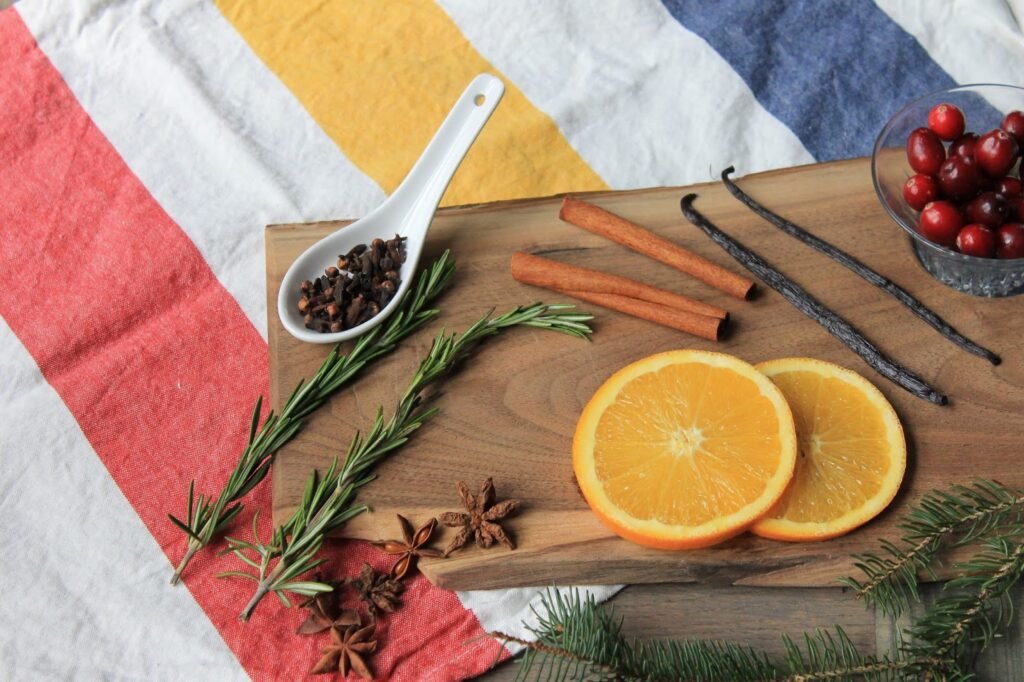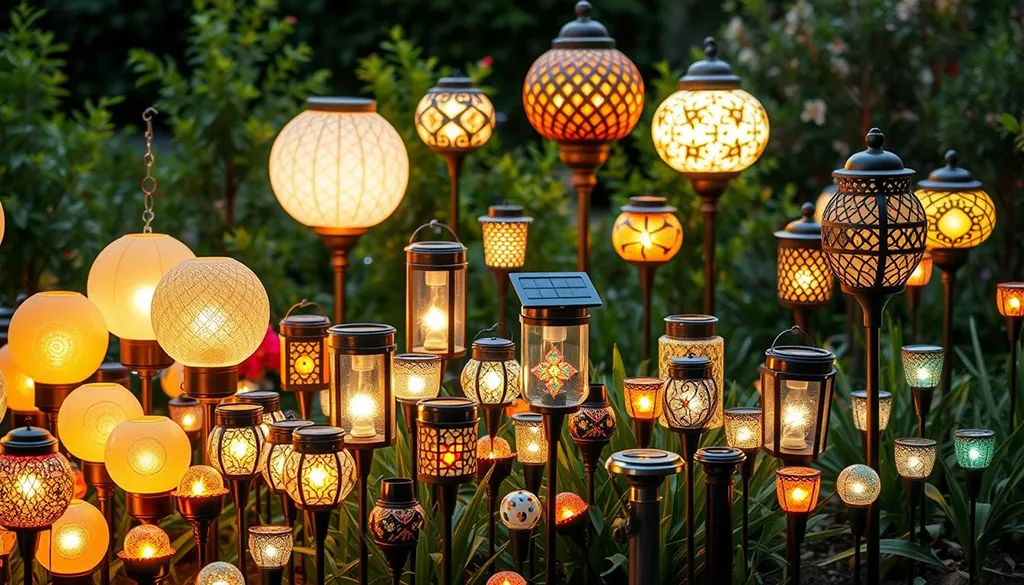Homemade Citrus and Cinnamon Air Freshener. Hello! A few months ago, I made a homemade rosemary reed diffuser and shared it on social media. Many of you asked for the recipe. So today I’m sharing it with you. Today I’m going to tell you how to make a homemade alcohol-based air freshener that’s completely harmless. But I must tell you that you have to be very careful with air fresheners sold in supermarkets (spray-types, for example), incense, burning oils, and some candles. Many of them can be very harmful to your health.

RECIPE. Homemade Citrus and Cinnamon Air Freshener
What is an air freshener?
An air freshener, according to the RA, E, is “A substance to perfume the environment or to eliminate bad odors. There are many types of air fresheners incense sticks, essential oils, scented candles, aerosols,spraysyMikadodo (wooden sticks inside a liquid air freshener), plug-in diffusers, etc. According to the OCU (National Organization for the Protection of Animal Health), ” some air fresheners, incense, and oils emit more benzene than tobacco .” In this study, they analyzed 22 household air fresheners that require direct or indirect heat to diffuse scent (scented candles, burning oils, and incense) and concluded that many actually worsen air quality. Of all the air fresheners they analyzed, the only ones that passed were candles; both oils and incense failed due to the emission of particles, volatile organic compounds, allergenic substances, and benzene and formaldehyde (very harmful compounds).
What harmful substances do air fresheners contain?
1. Fine particles. These are released, for example, when burning incense. Because they are very small (less than 2.5 microns), they lodge in the lungs and can cause respiratory problems. The ideal limit is 12 µg/m3, but in some incense, levels exceed 5,000.
2. Benzene. It’s an aromatic hydrocarbon with the molecular formula C6H6. According to the OCU (National Institute of Consumer Protection), this toxic chemical compound is capable of causing leukemia in humans. It shouldn’t be present in any air freshener, but it was found in all incense and some oils (albeit to a lesser extent).
3. Formaldehyde. It is a highly volatile and flammable chemical compound. It can cause headaches, inflammation of the nasal mucosa, and respiratory tract cancer (information from the OCU). The ideal limit would be 10 µg/m3, but some oils exceed 200.
4. Allergens. These are substances that can induce a hypersensitivity (allergic) reaction in susceptible people who have previously been in contact with them. The OCU (Spanish Consumer Organization) searched for the 26 most allergenic substances that the European Union requires to be identified in cosmetics and found up to 13 in a single product.
5. Irritants. The study used acetaldehyde as a reference, which should not exceed 200 µg/m3, but it does in three oils and one incense. It is a volatile, colorless liquid with a characteristic, slightly fruity odor, 20 times more toxic than alcohol.
Recommendations
- Don’t make a habit of using these types of air fresheners (incense, burning oils, etc.). They don’t clean the air or eliminate unpleasant odors.
- Do not use air fresheners in poorly ventilated areas or in the presence of children, pregnant women, or people with allergies or asthma. It’s better to use candles, but not regularly.
- Ventilating the house is the best option to improve air quality.
DIY homemade citrus and cinnamon air freshener
After reading all of the above, you’ll probably be a little scared. We’re going to give you a safe and homemade option for making a homemade air freshener. There are many options for making air fresheners at home. Ana from the blog Orgánicus has three recipes: an air freshener made with alcohol and essential oils, another made with baking soda, and a reed diffuser made with essential oils and alcohol. For the option that we are going to show you today, I was inspired by a course on natural soaps and cosmetics that our father ( Estirniq ) took, in which he was given the recipe to make a vegetable tincture (the base of this homemade air freshener). I was also inspired by this video by Victoria Moradell (I have become a big fan of her channel). As I told you before, the homemade air freshener I’m going to teach you how to make is alcohol-based, and it works like this: the alcohol extracts all the active ingredients and substances contained in the cells of the plant you add to it. So, after a few days, it will turn colored.
Ingredients
- Pharmacy alcohol (vodka, white rum, or any other alcohol also works)
- Orange peel, lemon, rosemary, cinnamon stick… (these ingredients are to taste)
Process
First, grab a glass jar you have at home, fill it with your ingredients (rosemary, orange, etc.), and then add alcohol to the top. Seal the jar tightly. Store the bottle in a cool, dark place for 10-15 days. You’ll have to wait a bit to enjoy your own homemade air freshener. After this time, filter the mixture. Be careful, as the mixture stains. That’s why this process is called tincture, because it also extracts the plant’s colors.
- If you use a dried plant, the amount of alcohol should be in a 1:5 ratio; that is, for 100 g of dried plant, 500 ml of alcohol would be used.
- If you use fresh plants, the amount of alcohol you need is less, and the ratio would be 1:2; that is, for 100 g of plants, you would need 200 ml of alcohol.
But this is to be very precise, if you do it by eye, the alcohol will smell the same, but it is so you know that if the plant is dry, you would need more alcohol.





